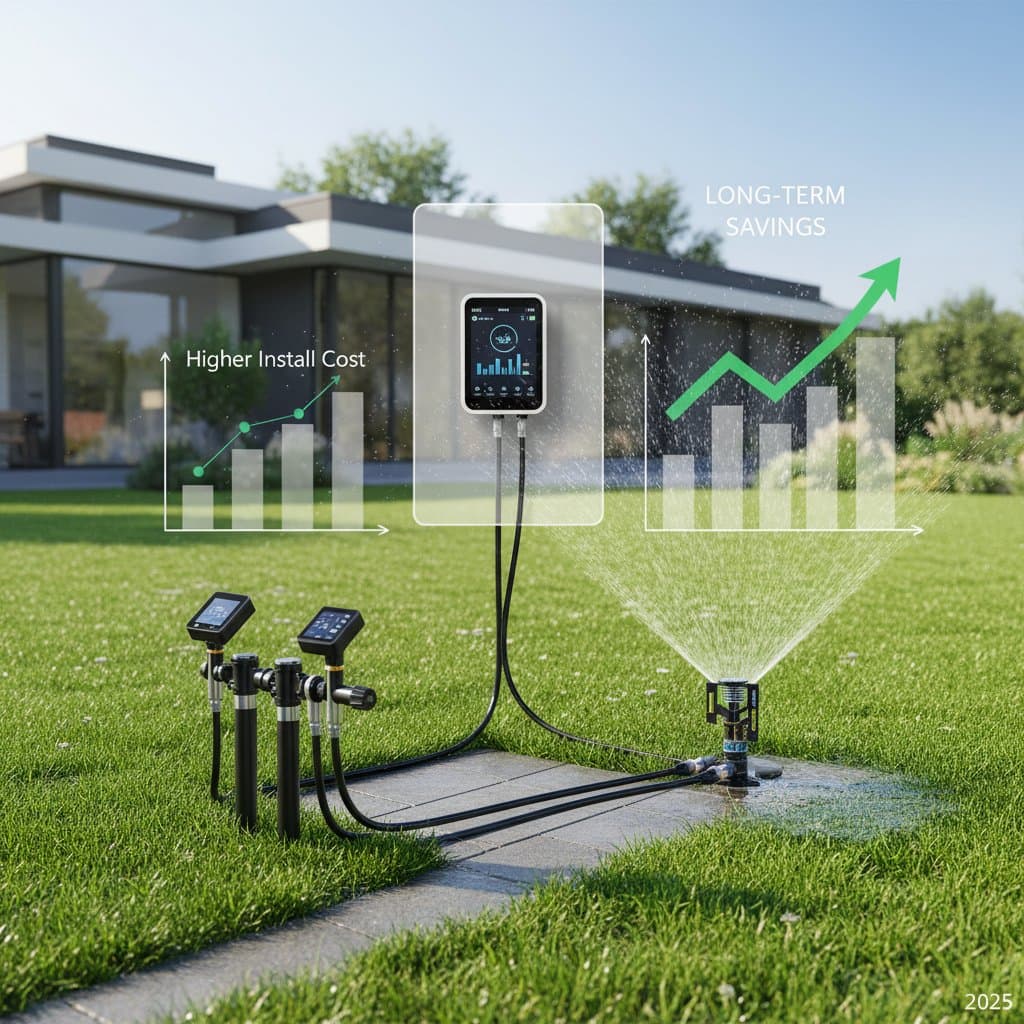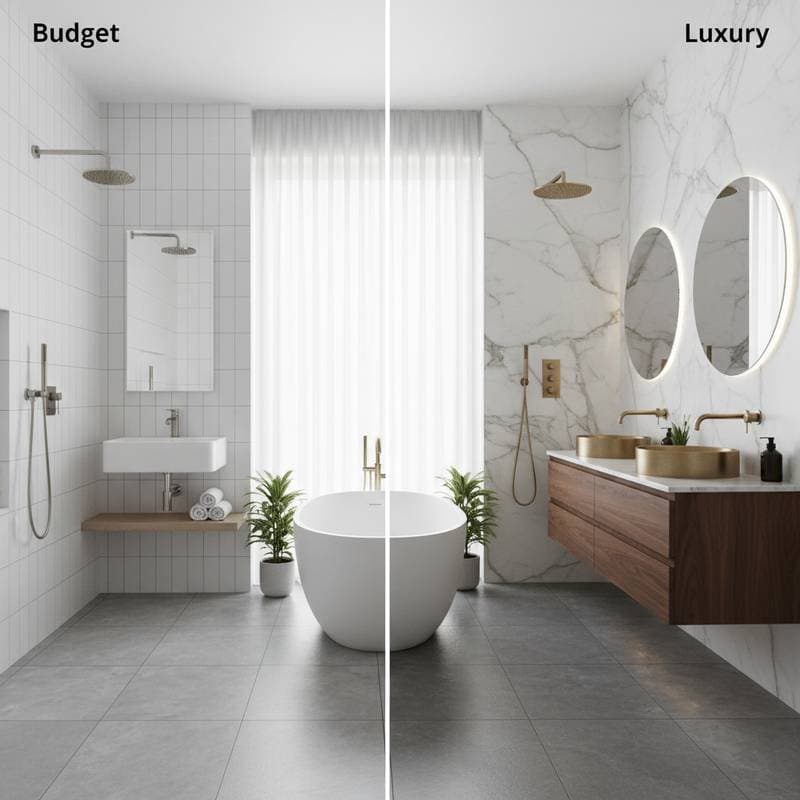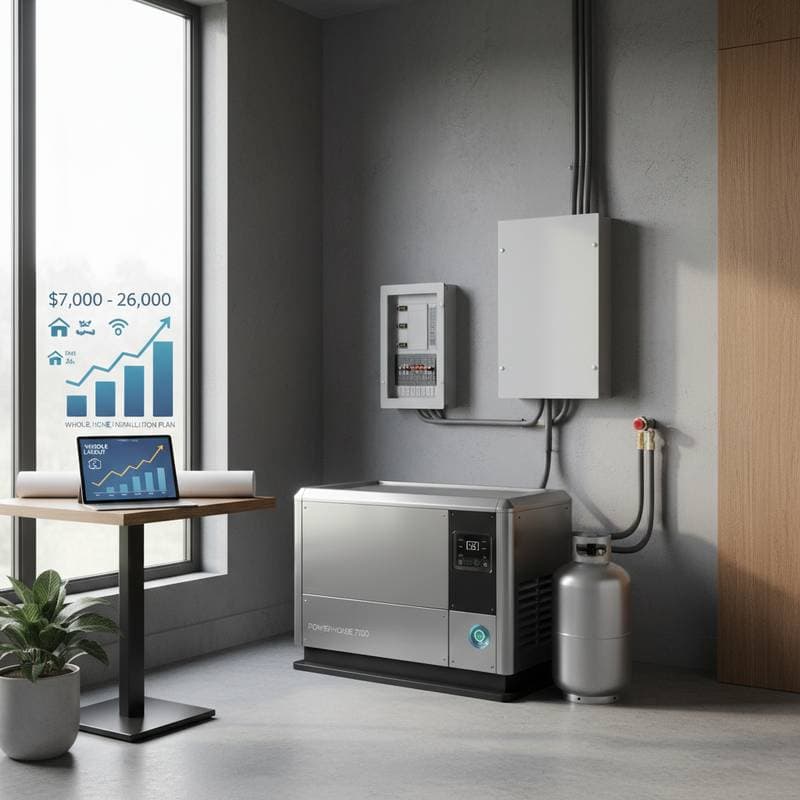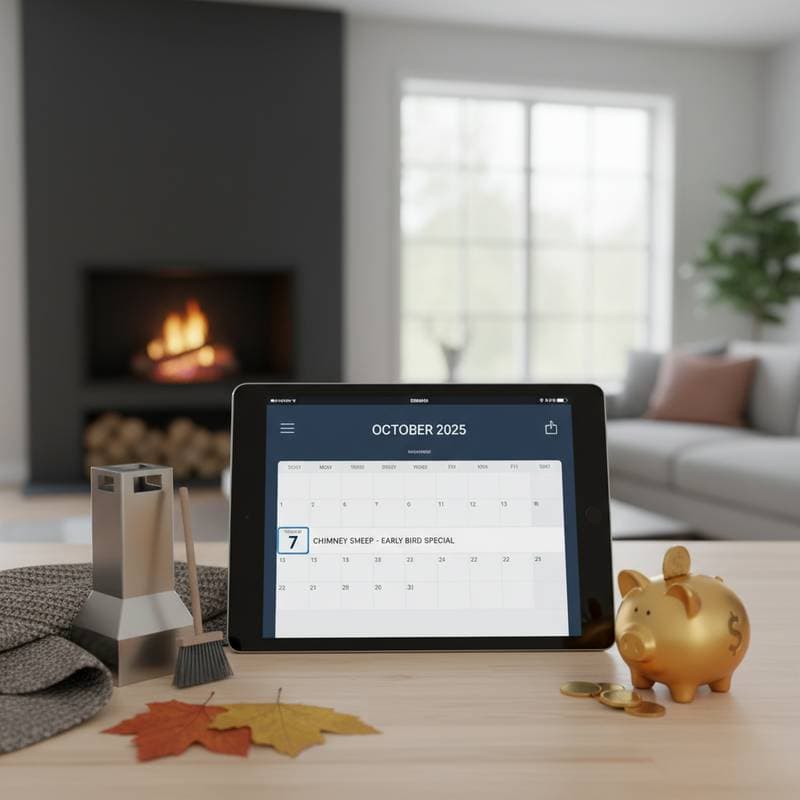Irrigation Costs: Smart Systems Versus Traditional Options
Homeowners and property managers increasingly prioritize water efficiency alongside financial considerations. Selecting between a smart irrigation system and a traditional sprinkler setup requires a comprehensive view of expenses. The ideal option hinges on factors such as property dimensions, local climate, soil composition, and desired level of water management control.
This guide delineates the actual costs associated with irrigation systems, contrasting smart and traditional configurations. It addresses installation outlays, ongoing savings, and pricing determinants to support informed choices for upcoming lawn or garden projects.
Fundamentals of Irrigation Expenses
Irrigation installation costs fluctuate significantly nationwide. The average for a complete residential yard system falls between 1,800 and 5,500 dollars, influenced by project scale and equipment durability. Commercial landscapes with extensive zones and automation features frequently surpass 10,000 dollars.
Variations by Region
Regional differences arise from labor expenses, water rates, and soil characteristics. Coastal zones with sandy soils demand deeper trenching and regular upkeep, elevating installation figures. Areas featuring rich, loamy soils typically incur reduced setup costs and minimal subsequent repairs.
Impacts of Season and Economy
Irrigation firms experience peak activity in early spring. Demand surges lead to elevated installation rates. Off-peak periods offer opportunities for negotiated labor fees or equipment discounts. Prices for materials like PVC pipes and control valves shift with production and shipping dynamics tied to broader economic conditions.
Common Pricing Approaches
Hourly Billing Compared to Fixed Rates
Contractors may apply hourly charges for minor repairs or enhancements, ranging from 60 to 120 dollars based on local labor standards. New installations generally employ fixed pricing determined by yard area and system intricacy.
Pricing by Project or Zone
Providers often adopt a per-zone structure, with each zone installation costing 400 to 800 dollars. A modest home yard might require four to six zones, whereas expansive properties could necessitate twelve or additional units. This method facilitates straightforward budgeting and phased system expansions.
Bundled Packages and Subscriptions
Certain irrigation specialists provide comprehensive packages encompassing installation, routine maintenance, and smart system software enhancements, priced from 2,000 to 6,000 dollars. Subscription services for smart setups deliver cloud access, weather-based adjustments, and usage reports for 5 to 15 dollars monthly.
Initial Versus Recurring Expenses
Traditional sprinkler systems entail a single upfront payment plus annual upkeep. Smart alternatives demand greater initial investment yet frequently lower cumulative costs via enhanced efficiency and automation.
Service Levels and Associated Costs
Entry-Level Systems
Fundamental setups feature manual timers, PVC conduits, and basic sprinkler heads, priced at 1,500 to 3,000 dollars for standard yards. Owners must manually modify schedules to accommodate weather variations like droughts or heavy rains.
Mid-Range Professional Systems
These include programmable timers and soil moisture detectors, with costs between 3,000 and 5,000 dollars. Such configurations provide cost-effective automation and improved water regulation without necessitating mobile apps or sophisticated integrations.
Advanced Smart Irrigation Systems
Wi-Fi controllers, soil probes, and weather forecasting integration define smart systems, with installations from 4,500 to 8,000 dollars varying by manufacturer and zone count. The Environmental Protection Agency's WaterSense initiative indicates potential water reductions of up to 50 percent.
Custom Tailored Installations
Bespoke designs for large estates, athletic fields, or business properties incorporate intricate zoning and software linkages, often exceeding 10,000 dollars. These endeavors typically involve teams of technicians, engineers, and ongoing service agreements.
Primary Factors Shaping Irrigation Costs
-
Property Scale and Coverage
Expansive lawns demand additional zones, extended piping, and extra sprinkler units, amplifying material and labor requirements. -
Degree of System Sophistication
Configurations with multiple zones, rain detectors, or lighting synergies call for expert installation expertise. -
Duration of Installation Process
Compact home projects conclude in one to two days, but substantial commercial efforts may span a week, accruing higher labor charges. -
Component Quality and Durability
Superior elements like brass connectors and efficient nozzles command premium prices yet extend system lifespan compared to basic plastics.
Supplementary Services and Fees
Incorporating Drip Irrigation
Integrating drip lines for beds or trees adds 300 to 800 dollars per zone. These precise delivery methods conserve water effectively for plants like shrubs or edibles.
Enhancing with Smart Controllers
Retrofitting existing setups with intelligent controllers costs 200 to 600 dollars, contingent on compatibility. This modification modernizes legacy systems affordably.
Installing Backflow Preventers
Regulations mandate these safeguards for water supply integrity, with setup fees of 150 to 400 dollars. Yearly inspections and approvals incur 50 to 100 dollars each.
Rush or Priority Services
Peak season premiums of 10 to 20 percent apply to accelerated timelines or prompt appointments. Booking in advance mitigates these extras.
Smart Systems Versus Traditional Sprinklers
Traditional setups offer dependability and straightforward upkeep, operating on fixed timers irrespective of environmental cues. Smart variants employ sensors and meteorological inputs for dynamic adjustments.
Irrigation Association specialists report 20 to 40 percent reductions in water expenses for typical homes using smart technology. These efficiencies recoup elevated startup costs within years. In water-scarce locales, compliance with restrictions averts penalties.
Frequent travelers value app-based oversight, enabling leak detection and prompt interventions to safeguard landscapes from harm.
Selecting and Sustaining Your System
Evaluate affordability now against enduring benefits when choosing irrigation types. Traditional options suit compact, stable-climate yards. Smart systems align with sustainability priorities or variable weather patterns.
Obtain detailed bids outlining components, workforce, and extras prior to commitment. Inquire regarding guarantees, upkeep schedules, and efficiency assurances. WaterSense rebates may offset initial expenditures.
Routine care sustains performance across systems. Perform seasonal adjustments, winter preparations, and head cleanings to eliminate inefficiencies. For smart units, regular firmware updates maintain precise environmental responsiveness.
Effective irrigation extends beyond hydration; it optimizes resource use, minimizes excess, and preserves landscape value. Thoughtful selection blending innovation and utility yields lasting aesthetic and functional returns.





